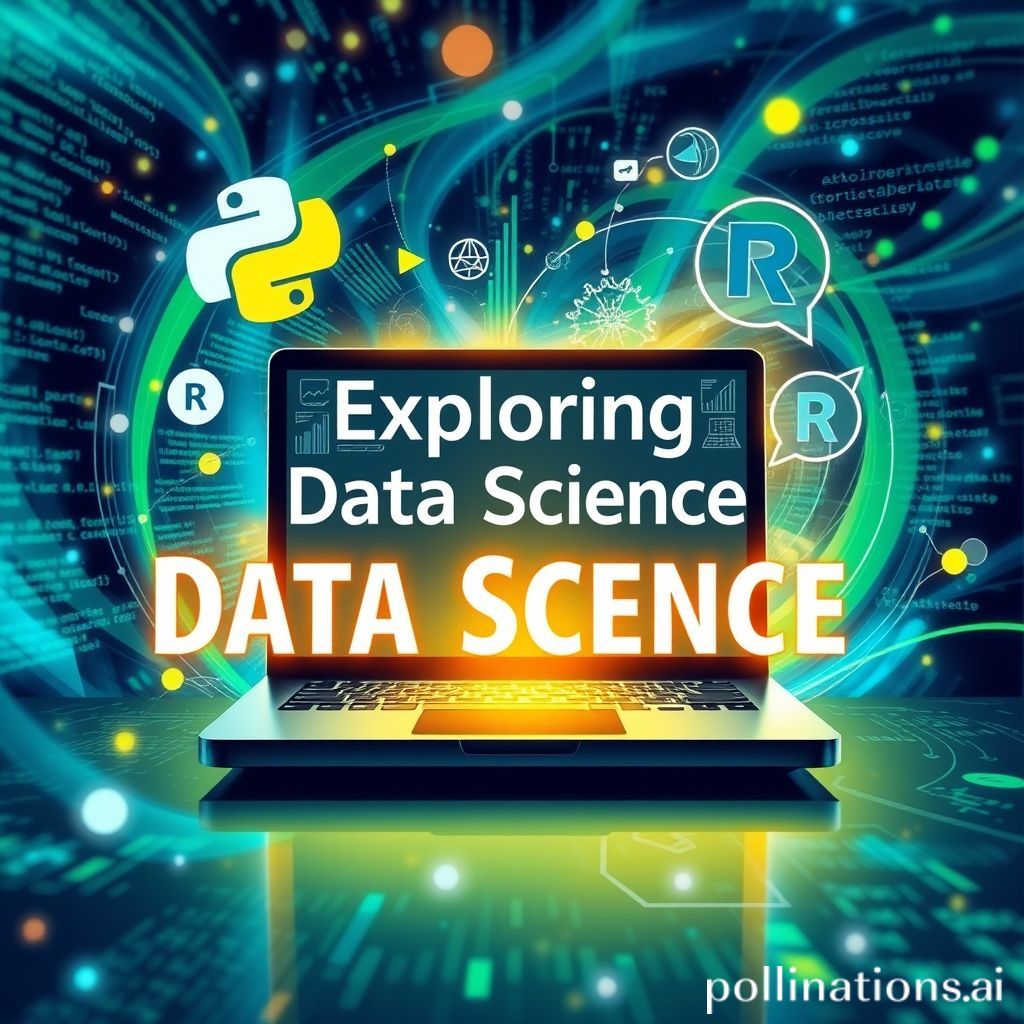
Exploring Data Science with Python and R
Data science has become an essential field in today’s data-driven world. With vast amounts of data generated each day, professionals in this field leverage various tools and techniques to glean insights and make data-driven decisions. Among the most popular programming languages for data science are Python and R. Each has its unique strengths, making them valuable for data scientists.
Python: The Versatile Powerhouse
Python has gained immense popularity in the data science community due to its simplicity and versatility. Here are some reasons why Python stands out:
- Ease of Learning: Python’s syntax is clean and straightforward, making it a great choice for beginners.
- Rich Libraries: Python boasts a vast collection of libraries such as NumPy for numerical data, Pandas for data manipulation, Matplotlib for data visualization, and Scikit-learn for machine learning.
- Community Support: With a large and active community, Python users can find a wealth of resources, tutorials, and forums to aid their learning.
- Versatility: Python can be used not only for data analysis but also for web development, automation, and more, enhancing its applicability in various domains.
As a result, Python is often the first choice for data scientists, analysts, and researchers looking to analyze and visualize data effectively.
R: The Statistician’s Tool
R is specifically designed for statistical analysis and data visualization, making it a favorite among statisticians and data analysts. Here are some of its key features:
- Statistical Packages: R comes equipped with numerous built-in packages for statistical analysis, including tools for regression, time-series analysis, and clustering.
- Data Visualization: R’s ggplot2 package is highly regarded for creating complex and aesthetically pleasing visualizations, giving data scientists the ability to represent data vividly.
- Reproducibility: R promotes reproducible research by allowing users to write scripts that can be easily shared and reproduced by others, which is critical in academic settings.
- Active Community: Like Python, R also has a dedicated community that contributes to its continuous improvement, through forums, blogs, and packages.
R's statistical prowess makes it particularly suitable for projects that require deep statistical analysis and data exploration.
Choosing Between Python and R
The choice between Python and R often depends on the specific needs of a project or the user's background. Here are some considerations:
- If the project requires extensive statistical analysis, R might be the better option due to its robust statistical packages.
- For applications that require a broader programming scope, Python’s versatility may offer more advantages.
- Many data scientists benefit from learning both languages to leverage the strengths of each.
Conclusion
Both Python and R are crucial tools in the data science toolkit. By understanding their unique strengths, data scientists can choose the right language for their projects, ultimately leading to more effective data analysis and visualization.
